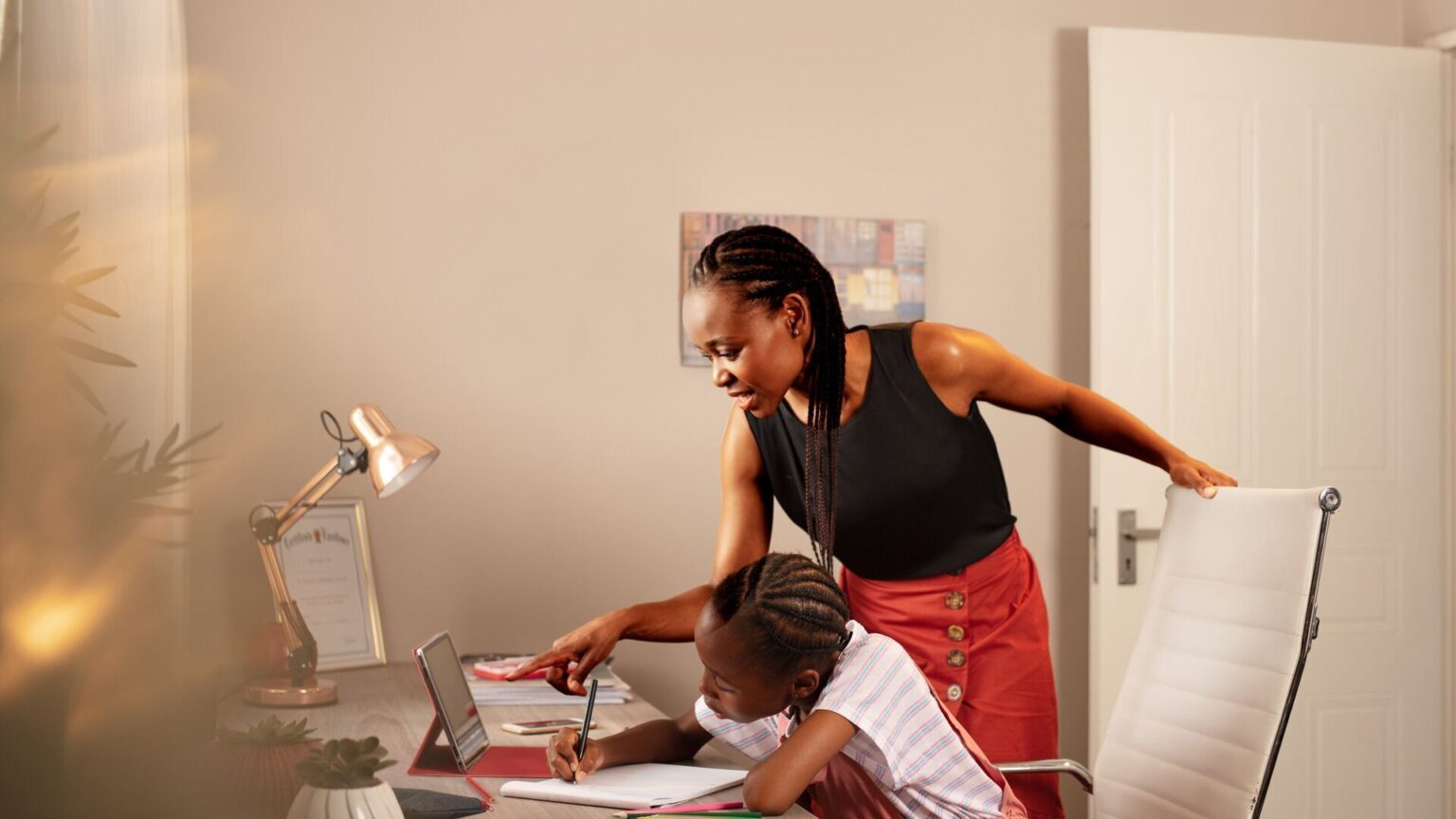The COVID-19 pandemic has created the largest disruption of education systems in history. Nearly 1.6 billion learners in more than 190 countries have been affected, with school closures impacting 94 per cent of students around the globe – up to 99 per cent in low and lower-middle-income countries.1
This is enhancing the already existing disparities within education, because while many people have access to the internet and powerful smartphones or tablets, there are still those that don’t, and they are at risk of being left behind.
Improving the learning experience
Access to high-quality education is one of the most important factors in a person’s life which is why we’re committed to providing access to technology to children, teachers and schools wherever they may be.
With Connected Education, Vodafone Business, along with Vodacom Business, have already been able to connect 800,000 students in 2,500 schools in 10 countries across Europe and Africa. The ambition is to connect 5 million students by 2025 – and to ensure that every child is equipped for a better future. As well as creating a safe, engaging environment and improving digital literacy, students gain access to high-quality content that can be tailored to their local curriculum and even to their preferred method of learning – be that visual, auditory or written.
Teachers can plan and deliver lessons via digital technology so they can better track the efforts of the students and quickly spot if someone needs further assistance. This year, we’ll be working closely with governments across the EU to help repair the damage caused by the pandemic, especially the impact felt within education.
Providing inclusive and equitable digital education tools to schools and students is going to be key to Europe’s recovery and will lay the foundation for a modern and more sustainable future.
Keeping students connected worldwide
When Scotland went into lockdown, we worked with Bridge of Allan School in Stirling to help them quickly embrace technology and ensure that none of their students missed out on learning.
Using Connected Education, a suite of digital tools and services incorporating tablets, connectivity, security and specialist training for teachers, they were able to create an engaging and interactive learning experience. When students began learning from home they were able to connect to an online classroom and virtually work alongside their classmates and teachers.
Not only can this support social distancing measures during the pandemic but having internet access offers new opportunities for digital learning. At the same time, it promotes student’s media skills.

Learn more about Connected Education and how to future proof your business.



